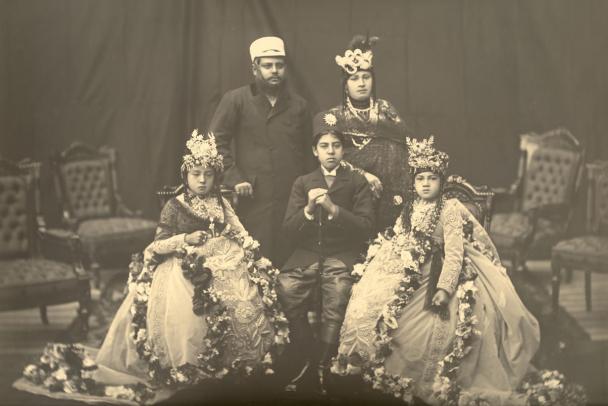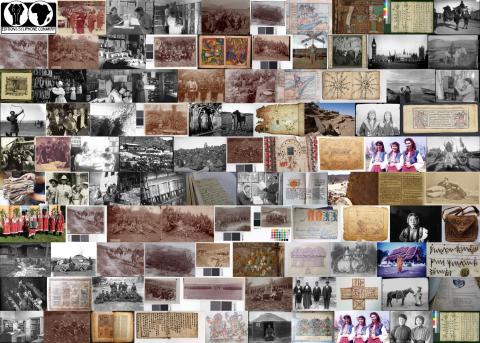
Aims and objectives
Work on photographic archiving is very important in Nepal - photographic records for as late as the 1950s and 1960s of all of rural and much of urban Nepal are historically significant because such pictures actually record the landscape and human scope of a hundred to two hundred years previously. This is because Nepal was kept in period isolation by the 104-year Rana dynasty until 1950. Court photography in Nepal goes back to the 1930s, however the handful of amateur photographers of the early to mid 20th century provide an important record of the lives of the middle-class and (to some extent) the rural poor. They also mark public cultural events and family rituals among a diverse plane of Brahmin, Chettri and Newar communities. At the same time, it is important to start a collection of photography from among the 'martial' hill ethnic and Tarai plains communities from this period.
The main objective of this project will be to preserve and make accessible an historic and rare collection of approximately 7,000 images. The project aims to digitise the collection, which contains images covering a wide range of topics such as journalism, literature, religion, sociology, culture and politics of pre-modern Nepal . The collection can be generalised into two major parts.
The collection of negatives is from noted Nepali litterateur, photographer and journalist Madanmani Dixit who was born on 17 February 1923. He accompanied the official teams from Nepal on their numerous foreign visits during which he managed to collect a good photographic documentation of political events and political leaders. Mr Dixit and his camera were eyewitness to the political transition period from the fall of the Rana regime to democracy in 1950, the advent of democracy, a royal coup in 1960, the rise of the royal autocracy of the Panchayat system, the plebiscite of 1970 and the fall of the Panchayat system and transition to multi-party democracy in 1990. As a journalist he also captured Nepali communities for various newspapers. His collection reflects the pictures of various aspects of Nepal from 1950 to 1990. It now becomes very important that the valuable information of which he is the best (and maybe the only) informant be captured and preserved.
Apart from this, Madan Puraskar Pustakalaya (MPP) has a collection of around 3,000 black and white photographs taken before 1950. The collection is mainly related to the rana rulers at the time. The photographs in the collection showcase the rich lifestyles of the ranas during the time. Wildlife hunting in the jungles of Nepal is also included in the collection. Also included in the collection are the various buildings which showcase the architecture of the time.
Both the photographs and the negatives are in deteriorating physical condition due to lack of proper management. They have to be properly cleaned and stored accordingly to stop any further damage. As the originals would be too fragile for frequent handling, the only way of providing access of the valuable collection to the users is through digitisation.
The project would use negative scanners for digitising the negatives and flatbed scanners for the photographs. Information on both the photographs and the negative would also be collected and stored along with the digital images. Low resolution copies of the images would be made available online at the website developed through the project as well as high resolution images being deposited with the British Library and kept at MPP.
Outcomes
A total of 6,534 photographs and negatives from the Madan Puraskar Pustakalaya (MPP) and the Madanmani Dixit collections were scanned and listed, following the EAP guidelines.
The project helped the staff members at MPP to increase their expertise in digitisation techniques and in particular, through undertaking research work on the photographs and the history of photography, their knowledge of photography was greatly enhanced.
After completion of the digitisation work, the photographs and negatives were kept securely on shelves at MPP, with a copy of the images created sent to the British Library. The digital images have been made available on DVD to Madanmani Dixit, the contributor to the collection at MPP, and have been made available to users online as well as in a reading room at MPP.
Visit the online digital collection at Madan Puraskar Pustakalaya's website
The records copied by this project have been catalogued as:
- EAP166/1 Madanmani Collection [1957–2003]
- EAP166/2 Madan Puraskar Pustakalaya Collection [1877-1950]
Due to the cyber-attack on the British Library in October 2023, the archives and manuscripts database is currently inaccessible and we are unable to provide links to the catalogue records for this project.



